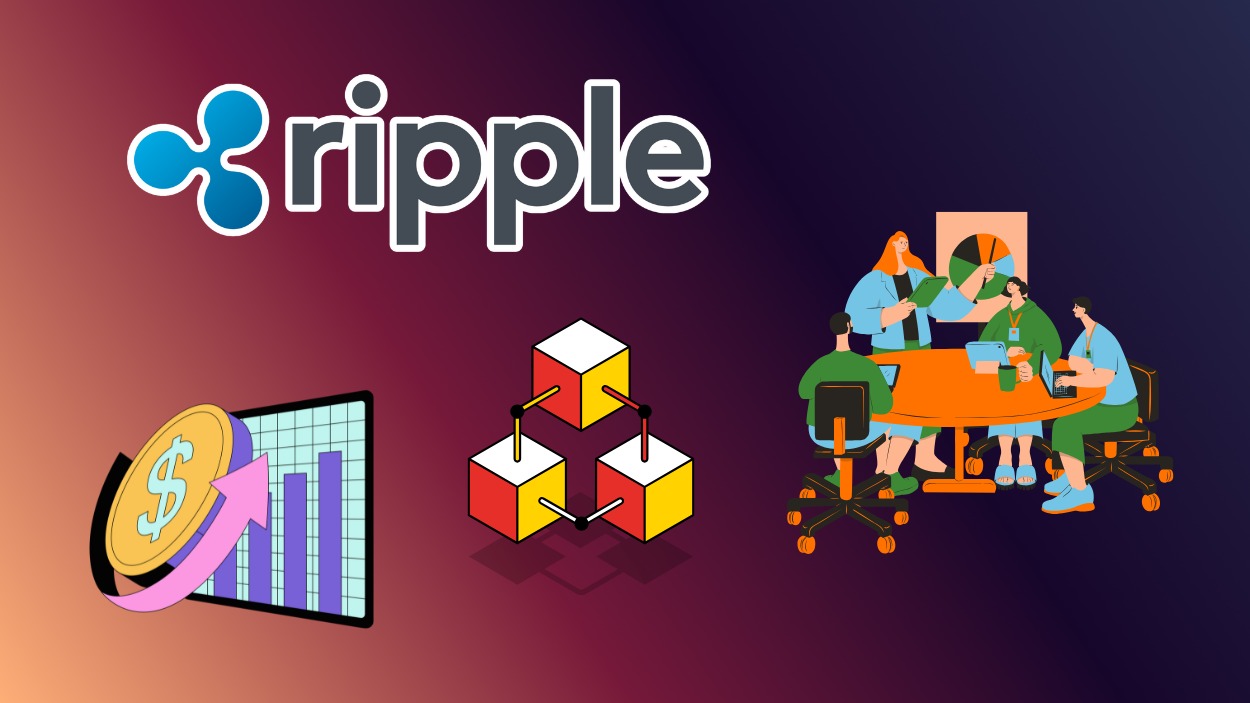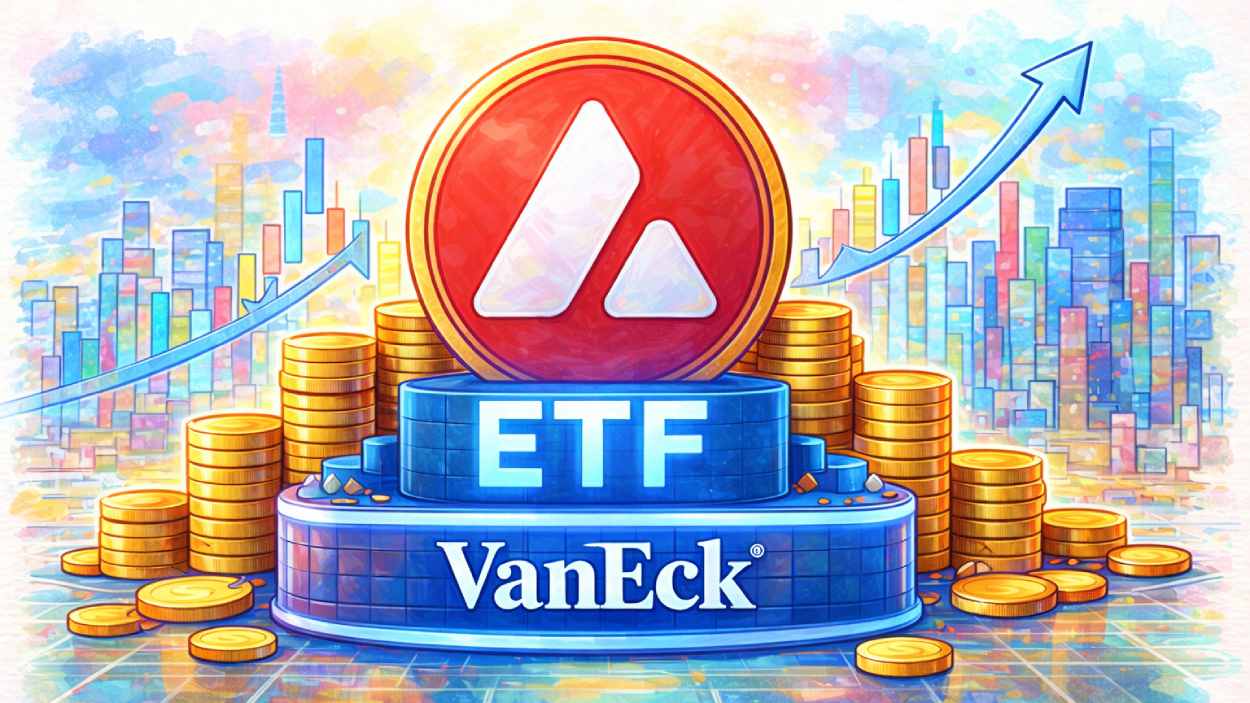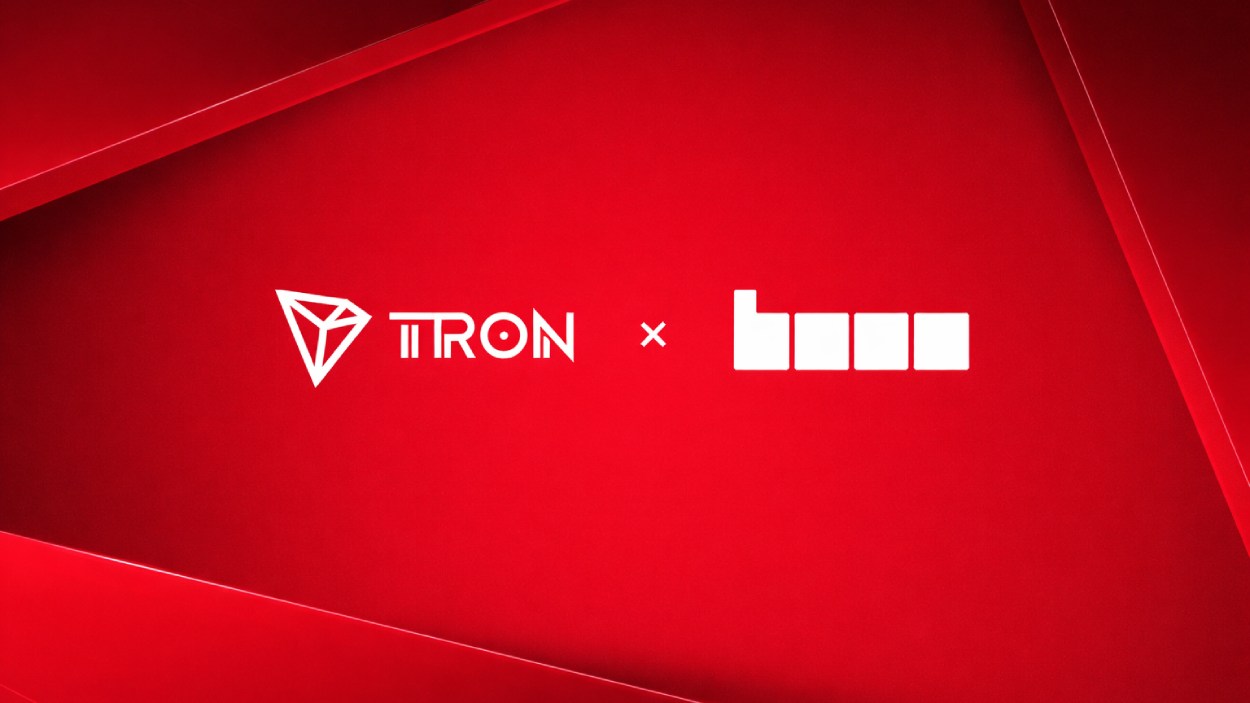Poloniex remains a notable player in the cryptocurrency exchange landscape, with evolving metrics that reflect both opportunity and risk. Its performance now influences traders, projects launching tokens, and institutional actors assessing exchange credibility. In decentralized finance (DeFi), Poloniex’s staking products or listing decisions can shift capital flows. In token launches, being listed on Poloniex can drive visibility and trading volume. Dive deeper into our data‑driven review to see where Poloniex stands today.
Editor’s Choice
- 24h trading volume across spot and derivatives hovered around $1.38 billion.
- Poloniex supports 689 cryptocurrencies (as of late 2025).
- There are 681 trading pairs listed on the exchange.
- Futures volume (24h) reached approximately $14.96 million.
- Futures open interest hit $5.95 million.
- Poloniex’s trust score is 5/10, with Proof of Reserves = 0 in that score.
- In 2023, Poloniex experienced a hack that resulted in losses exceeding $114 million.
Recent Developments
- In May 2025, Poloniex added GORK/USDT as a new trading pair, a move that often triggers increased liquidity and attention on that token.
- In June 2025, REDX/USDT was listed, another example of Poloniex expanding its listing roster mid‑year.
- The exchange’s blog reports a 24h trading volume of $361.6 million in some flash‑update posts, possibly reflecting isolated time windows or corrections.
- Poloniex continues to publish historical OHLC pricing data (daily, 30‑minute intervals) via its API and public repositories.
- There has been growing academic attention; recent studies analyze pump‑and‑dump detection methods using Poloniex’s minute‑level data.
- The exchange keeps its listing activity active in mid‑2025, showing a strategy to onboard new tokens periodically.
- Some updates also mention internal improvements, but public disclosure is limited to listing and blog notices.
Global Cryptocurrency Exchange Platform Market Outlook
- The global cryptocurrency exchange platform market is valued at $43.8 billion in 2024.
- By 2025, the market is projected to reach $54.8 billion, showing strong growth momentum.
- Forecasts suggest the market could expand to $137.49 billion by 2029.
- This growth represents a CAGR of 25.90% from 2024 to 2029.
- The rising adoption of crypto trading, institutional participation, and DeFi integration is driving this multi-billion-dollar expansion.

Overview of Poloniex Exchange
- Poloniex is a centralized crypto exchange founded in 2014.
- It is registered (or operates) under the Seychelles jurisdiction.
- The exchange offers spot, margin, and futures/perpetual trading services.
- Poloniex supports over 680 trading pairs across more than 680–700 cryptos in 2025.
- It implements a maker–taker fee model (with discounts based on volume).
- The exchange claims a strong cold‑storage protocol (commonly 90⁺ %), though precise percentages are not always publicly verified.
- Poloniex’s prior hack in 2023 underscores the ongoing tension between operational breadth and security.
- The exchange no longer permits U.S. users since December 2019.
Year Established and Company Background
- Poloniex officially launched operations in January 2014.
- The founder is Tristan D’Agosta (often known by the pseudonym Busoni).
- In 2018, Poloniex was acquired by Circle (a fintech firm), but in 2019, it was spun out to become Polo Digital Assets, Ltd..
- At the time of the spin‑out, U.S. users were required to withdraw, and the platform effectively ceased U.S. market access.
- Poloniex today is backed (indirectly) by Tron’s founder, Justin Sun, in terms of developer synergy and capital interests.
- The platform has navigated regulatory scrutiny, including fines by the SEC for operating as an unregistered exchange.
- Its operational base remains offshore, giving it flexibility but exposing it to jurisdictional risks.
- Over time, Poloniex has expanded its functionality (derivatives, staking) to remain competitive beyond pure spot trading.
Top Cryptocurrency Exchanges by 30-Day Trading Volume
- Binance leads the market with an impressive $1,000 billion in 30-day trading volume.
- Coinbase Pro follows with $523 billion, highlighting strong U.S. market participation.
- Coinbase itself recorded $350 billion, reinforcing its position as a major retail and institutional gateway.
- Gate.io posted $186 billion, ranking among the top global exchanges.
- OKX closely trails with $179 billion in volume.
- HTX handled $117 billion, maintaining its relevance in the competitive landscape.
- Kraken reported $60 billion, a steady performance among established exchanges.
- KuCoin achieved $58 billion, appealing to altcoin traders and global users.
- Poloniex registered $44 billion, reflecting moderate but consistent activity.
- Bitstamp recorded $17 billion, showing its role as a niche but reliable platform.

Supported Cryptocurrencies and Tokens
- As of 2025, Poloniex lists approximately 689 cryptocurrencies.
- On CoinGecko, the platform reports 583 coins and 681 trading pairs.
- On certain listings pages, Poloniex still promotes 350+ assets and 200+ pairs, possibly reflective of more actively traded markets vs. total listings.
- The asset range includes major cryptos like BTC, ETH, TRX, and altcoins, memecoins, and new token launches.
- New token listing events are ongoing; GORK and REDX listing in 2025 are examples.
- The diversity of listings allows trading across low‑cap to mid‑cap tokens, increasing Poloniex’s appeal among altcoin traders.
- Some listings may be more speculative, with low liquidity, which raises challenges for large traders.
- The exchange sometimes delists underperforming assets, though the public record of delistings is limited.
Fee Structure and Trading Costs
- Spot trading maker/taker fees on Poloniex range from 0.000% up to 0.090%.
- There are no deposit fees for crypto deposits.
- Withdrawal fees vary by asset and network, calculated dynamically.
- On margin/futures, users pay hourly borrowing or funding rates depending on position size.
- Futures trading fees, makers may pay as low as 0.0150%, takers about 0.0500% in some tiers.
- Users holding TRX may receive discounts on fees in some tiers.
- At higher trading volumes (e.g., Tier 6), maker fees drop to 0.0200%, takers to 0.1000% (before discounts).
- Some fee models tie into TRX holdings, encouraging platform alignment with the TRON ecosystem.
- Instant purchases (fiat to crypto) may incur fees up to ~5%.
User Base and Growth
- Demographic data, About 67.38% of Poloniex’s web visitors are male, with 32.62% female.

- The primary visitor age bracket is 25–34 years old.
- While the direct user count is not published, Poloniex attracts millions of users globally.
- The removal of U.S. users in 2019 likely led to a shift in geographic user distribution and growth focus.
- Growth has been steady in emerging markets where regulatory access allows operations.
- The active trader subset (those who use derivatives or margin) remains a smaller, more engaged fraction.
- The website engagement metrics (e.g., average duration, bounce rate) are not publicly disclosed in detail.
- Growth challenges include regulatory pressure, competition from larger exchanges, and reputation risks (especially post‑hack).
Liquidity Statistics
- Poloniex reports 24h trading volume of ~$1.38 billion (avg) across spot/derivatives.
- CoinGecko reports a 24h volume of ~$411 million in one snapshot (may reflect a low‑traffic period).
- On Poloniex Futures, 24h volume ~$13.94 million and open interest ~$8.65 million.
- The liquidity “spread” (±2% impact) is reported as $0.00 in some metrics, indicating limited data or a very tight spread.
- Kaiko’s exchange rankings include a liquidity score (Poloniex has liquidity = 0 in that metric).
- Order‑book depth is less often public; wide spreads on low‑cap pairs suggest shallow liquidity.
- Many token pairs see volatility and volatility spikes influence liquidity more than average volumes.
- Academic models show Poloniex is susceptible to pump‑and‑dump dynamics, especially in low liquidity tokens.
- Extended microstructure studies found that ~70% of pre‑pump volume occurs within one hour before a pump trigger, confirming fragility in liquidity timing.
Security and Safety Features
- Poloniex claims a cold storage model for the majority of user funds, though a precise cold/hot split is not always disclosed.
- It supports two‑factor authentication (2FA) and IP/device confirmation features.
- For withdrawals, there is KYC verification up to thresholds (e.g., withdrawals up to $10,000 may not require full verification) according to some reviews.
- Poloniex uses encryption, SSL/TLS, and standard cybersecurity measures for platform traffic and data.
- In November 2023, hackers exploited hot wallet private keys and stole over $114 million across multiple blockchains (BTC, ETH, TRX).
- After that hack, Poloniex claimed to reimburse users and engage a security audit firm.
- It publishes Proof of Reserves reports monthly via a Merkle tree / Merkle root hash method, aiming to show 100% reserves for user accounts.
- However, some transparency critics note that the PoR publication may not always provide detailed line‑by‑line audits beyond aggregate balances.
- Poloniex is subject to regulatory scrutiny. In 2021, the Ontario Securities Commission charged it; in 2022, the UK’s FCA warned against services marketed in the UK.
Market Listings and Top Trading Pairs
- Poloniex lists 681 pairs and 583 coins as core listings.
- The most active trading pair in 24h volume, ETH/USDT (≈ $367 million) on Poloniex.
- BTC/USDT on Poloniex sees ~$103.98 million 24h volume.
- TRX/USDT is among the top pairs, with ~$83.18 million volume in 24h.
- XRP/USDT also features in the top 5 with ~$69.53 million in 24h trading.
- Poloniex occasionally adds niche tokens (e.g., Graphite Protocol, Chainbase Token) as new listings.
- Some listings are speculative and low‑liquidity; such pairs may see wide spreads and slippage.
- Delisting activity is less documented publicly, making it harder to trace exit patterns.

Proof of Reserves and Transparency
- Poloniex states that it holds 100% reserves for user current accounts and publishes monthly Merkle tree proofs.
- The Proof of Reserves page is publicly accessible for users to verify each account’s inclusion in the Merkle tree.
- Some transparency gaps persist; the PoR reports typically show aggregate balances rather than full breakdowns by asset or liability.
- CoinGecko’s trust metrics indicate that Exchange Reserves data is unavailable for Poloniex in their public dashboard.
- Poloniex’s own site states “24/7 system monitoring, 100% PoR, and multiple levels of security.”
- External audits beyond Merkle proofs are not always published or independently verified.
- During the 2023 hack, Poloniex asserted that no user funds were lost, reinforcing claims of full coverage.
- Trust and transparency remain judged on a case-by-case basis by users and market watchers.
Margin and Futures Trading Statistics
- Poloniex offers futures/perpetual products under its Futures arm.
- As of the latest data, Poloniex Futures’ 24h volume is ~$13.94 million, down ~13.02 % over 24h.
- Futures open interest stands at ~$8.65 million in that snapshot.
- The futures platform supports ~13 trading pairs.
- Poloniex allows spot margin trading up to ~2.5× leverage (for certain positions).
- In derivatives, the most active pair is ETH/USDT, often dominating volume.
- Some user reviews cite cross-margin and isolated-margin modes on margin accounts through the app.
- Margin and futures usage form a minority of user activity compared to spot, but signal engagement by more advanced traders.
- Funding rates, liquidation rates, and leverage limits shift dynamically depending on market stress and volatility (not always publicly enumerated).
Geographical and Regulatory Information
- Poloniex operates under the Seychelles registration jurisdiction.
- It no longer services U.S. users as of December 2019.
- It has faced regulatory actions, a $10 million settlement with the SEC for operating as an unregistered exchange.
- The Ontario Securities Commission charged Poloniex in 2021 for unregistered activity.
- In early 2023, the UK’s FCA warned that Poloniex may have promoted unauthorized financial services in the UK.
- Given offshore registration, Poloniex faces challenges in strong regulatory oversight compared to U.S. exchanges.
- Its international focus targets jurisdictions with more flexible crypto rules.
- Poloniex may limit services (withdrawals, launches) in regions under restrictive regulation.
- Its regulatory history and geographic footprint signal an ongoing tension between flexibility and compliance.
Frequently Asked Questions (FAQs)
≈ $1,378,651,467 (Poloniex reported 24h volume)
583 coins and 681 trading pairs (as listed on Coingecko)
Futures 24h volume ≈ $14,963,733.55, and open interest ≈ $5,949,948.61
70% of pre‑event trading volume on Poloniex happens within one hour before a pump event (per microstructure study)
Conclusion
Poloniex today presents a mixed picture, a legacy exchange with active listing and staking initiatives. Yet vulnerability remains in transparency and security; its hack still haunts its reputation. Comparatively, it lags major exchanges in features, regulation, and scale. Still, for altcoin traders and projects seeking exchange exposure, Poloniex holds value. As its roadmap unfolds, with improved audits, deeper DeFi integrations, and possible regulatory steps, its trajectory will be worth watching.


























































